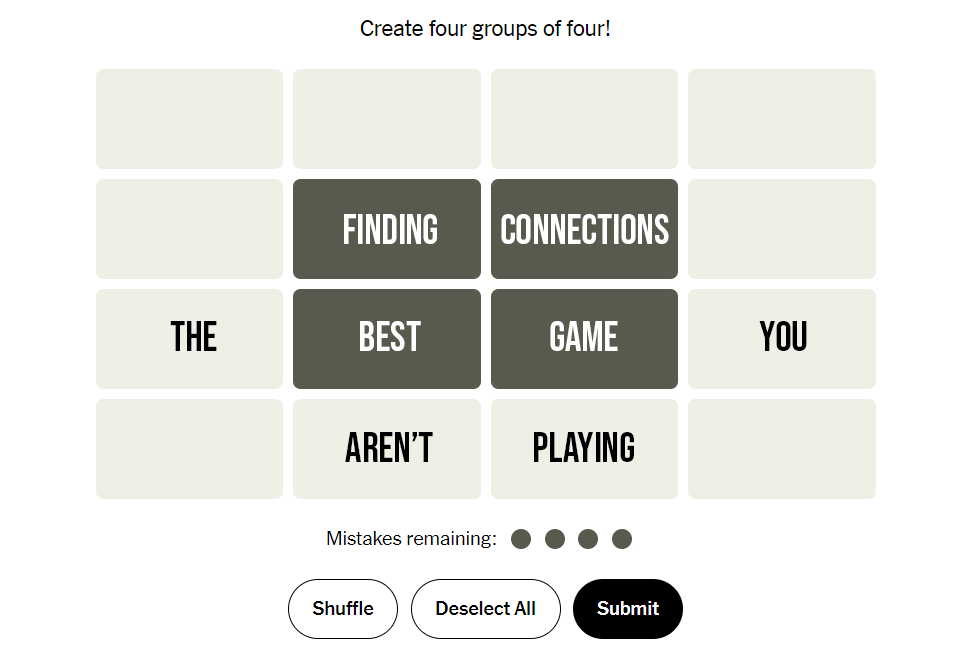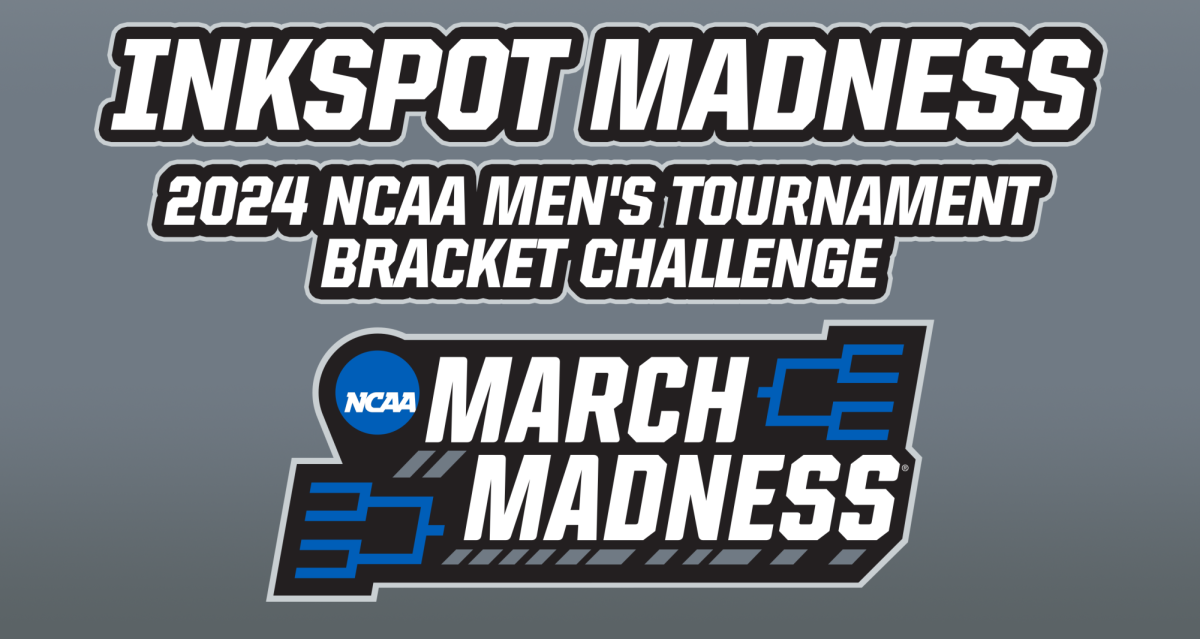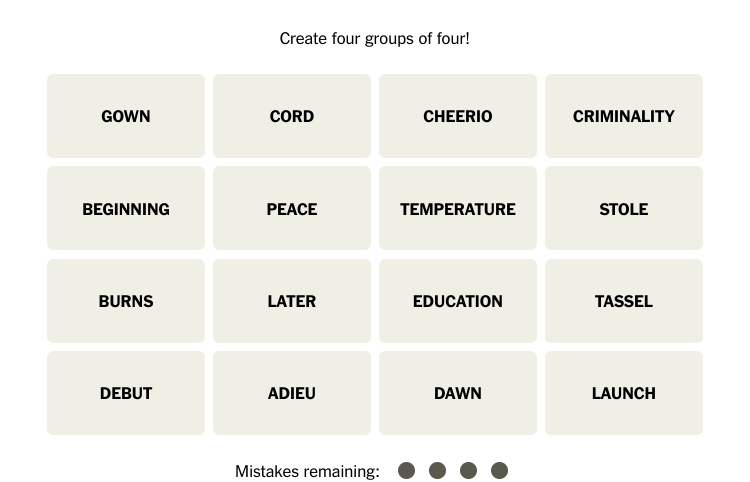 As the American Red Cross battles its first-ever blood crisis, experiencing the worst blood shortage in over a decade, Student Council hosted its second blood drive of the year Feb. 25.
As the American Red Cross battles its first-ever blood crisis, experiencing the worst blood shortage in over a decade, Student Council hosted its second blood drive of the year Feb. 25.
Students, staff and community members donated a combined 75 units of blood, enough to save 225 lives.
The Red Cross, the nation’s largest blood provider, first announced an emergency blood shortage in September 2021 after a surge in COVID-19 cases increased hospital demand but decreased blood donor turnout and led to blood drive cancellations.
The shortage only intensified with the advent of the Omicron variant.
Several severe weather events added to the issue — forcing still more drive cancellations.
The Red Cross, which provides 40% of the nation’s blood supply, reported a 10% overall decline in blood donors and a 62% drop in blood drives at schools and colleges.
This reduction has affected patient treatment, with hospitals across the country unable to receive as much as 25% of the blood products requested and doctors forced to make difficult decisions regarding which patients receive blood.
These factors led the Red Cross to declare its first-ever blood crisis in a press release on Jan. 11, calling upon eligible citizens to donate.
In the statement, the organization offered raffle prizes, including two Super Bowl tickets, a home theater package, and a $500 e-gift card to those who donated in an attempt to increase donor turnout.
Though Community’s blood drive’s raffle came after the contest deadline, the opportunity to give back was enough for donors.
Leighton Salisbury (’23), one of 41 first-time donors at the drive, had blood always planned to donate blood when she was eligible, but learning about the crisis solidified her decision.
“My mom used to work at the hospital during COVID,” Salisbury said, “and I knew there was a shortage of blood in the medical field, so I thought I should [donate].”
Senior Sam Haggerty, who donated two pints as a “Power Red” donor, had similar reasons for contributing.
“I believe it’s [our] fundamental duty to do what [we] can to help others,” Haggerty said.
Haggerty was further compelled to donate after learning that he belonged to the 7% of the population with Type O- blood, which the Red Cross has been especially keen on receiving.
O- is the first blood supply to diminish due to its versatility — O- blood can be used in transfusions for any blood type.
While demand is high and supply low for O-, the Red Cross needs donors of all blood types.
A diverse blood supply ensures the needs of all patients are met. “Blood from donors of the same ethnic background as the recipient is less likely to cause complications,” according to the Red Cross, since some blood types are unique to certain racial and ethnic groups.
In addition to blood, the Red Cross is in urgent need of volunteers.
During blood collection drives, volunteers play a pivotal role by greeting, registering, answering questions and providing information to blood donors throughout the donation process.
At Community, Student Council members, under Kyle Gorman’s (’22) leadership, filled these roles.
Gorman, a two-time whole blood donor and two-time Power Red donor, was introduced to the Red Cross by his grandfather.
“I always wanted to give back, [especially] because my grandfather donated over 50 gallons [of blood] throughout his life,” Gorman said.
After Community was unable to host its bi-annual blood drives due to COVID during the 2020-21 school year, this connection also inspired Gorman to serve as Student Council’s blood drive co-coordinator for this school-year’s Fall and Winter drives.
This year, Community’s drives have collected 151 units of blood.
Student Council’s next goal is to raise a record-breaking 100 pints at its drive in the fall of 2022.


![Community honors longtime coach Mr. Bryan Thomas before Oct. 3 game [photo gallery]](https://nchsinkspot.com/wp-content/uploads/2025/10/Thomas-6-1200x1200.jpg)


























![Week 7: Coach Drengwitz recaps the Ironmen’s win over Bloomington, talks Danville [video]](https://nchsinkspot.com/wp-content/uploads/2025/10/Vikings-feature-Image-1200x675.png)

















![Halloween candy cross section quiz [quiz]](https://nchsinkspot.com/wp-content/uploads/2022/10/Candy-cover-big-900x675.png)
![Average Jonah? [quiz]](https://nchsinkspot.com/wp-content/uploads/2022/05/average-jonah-900x600.png)







![[Photo Illustration]](https://nchsinkspot.com/wp-content/uploads/2025/09/trigger-words.png)










![Week 5: Coach Drengwitz previews the Ironmen’s matchup vs. Peoria Manual, recaps Week 4 [video]](https://nchsinkspot.com/wp-content/uploads/2025/09/Week-5-v-Rams-1200x675.png)





![Postgame reaction: Coach Drengwitz on Community’s 28-17 Loss to Kankakee [video]](https://nchsinkspot.com/wp-content/uploads/2025/09/Week-4-postgame--1200x675.png)
![Week 4: Coach Drengwitz previews the Ironmen’s matchup vs. Kankakee [video]](https://nchsinkspot.com/wp-content/uploads/2025/09/Ironmen-v-Kankakee-video-1200x1200.png)
![On the Spot: This or That – Halloween [video]](https://nchsinkspot.com/wp-content/uploads/2024/10/tot-Halloween-YT-1200x675.png)
![On the Spot: This or That – Fall favorites [video]](https://nchsinkspot.com/wp-content/uploads/2024/10/ots-fall-web-1200x800.png)
![On the Spot – Teachers tested on 2023’s hottest words [video]](https://nchsinkspot.com/wp-content/uploads/2024/01/On-the-Spot-Teachers-tested-1200x675.png)






